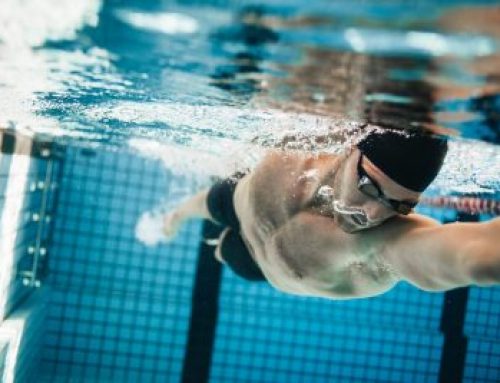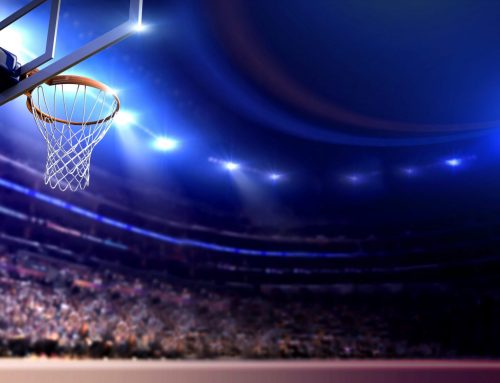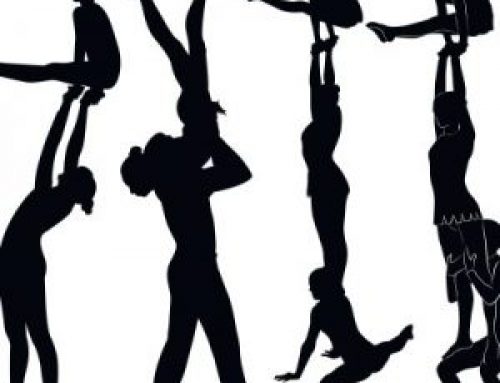You can learn to use the same mental imagery skills that elite athletes use to achieve peak performance. Mental imagery is the practice of seeing (and feeling) in your mind’s eye how you want to perform a skill, as if you were actually doing it. It’s a popular sport psychology technique that service members can take advantage of. You can enhance your usual training to help maintain or even surpass your current skill level, even when you’re sidelined.
Some of the benefits of mental imagery include:
- Better decision-making
- Fewer errors
- Improved attention
- Increased confidence
- Reduced stress and anxiety
You can create imagery in your mind for just about any task, such as improving your running time or marksmanship. Good mental imagery uses all of the senses, but it often helps to listen to a scripted audio recording. Use HPRC’s Building an Imagery Script worksheet to guide you through the steps of creating your own imagery script.
Watching others can also help. In fact, being a spectator can boost learning even more than mental imagery by itself because you’re viewing what you’d like to accomplish rather than conjuring up images with your own mind. Both methods of learning are effective. Observing can be in person or by video, but you can also combine video/imagery approaches and potentially get even more bang for your buck.
With any of these approaches, it’s important to ‘feel’ yourself executing the skill, even though you might be sitting or lying down. Of course, you don’t have to be sitting still to use mental imagery. Try using it in the setting where you’ll actually perform the skill. You can even incorporate it into existing training protocols.
Written by Tim Herzog and published July 28, 2015 by the Human Performance Resource Center.







Leave a Reply